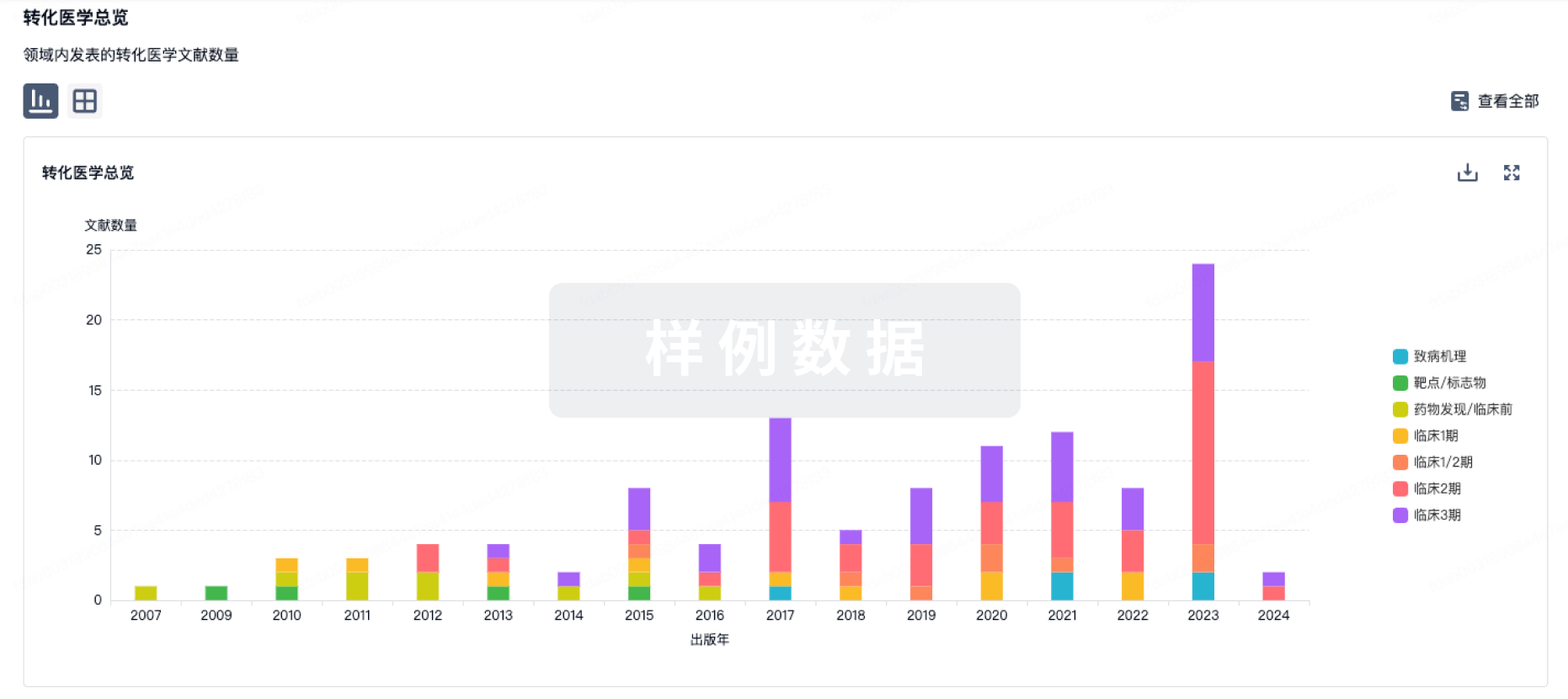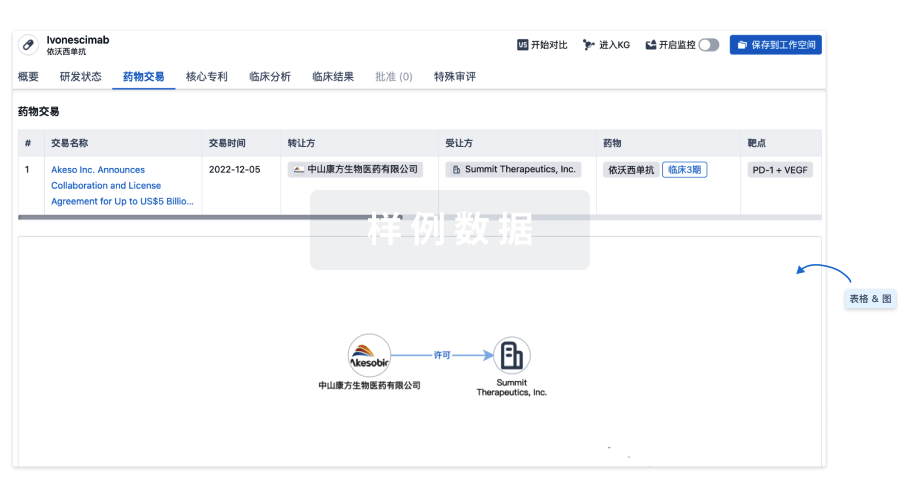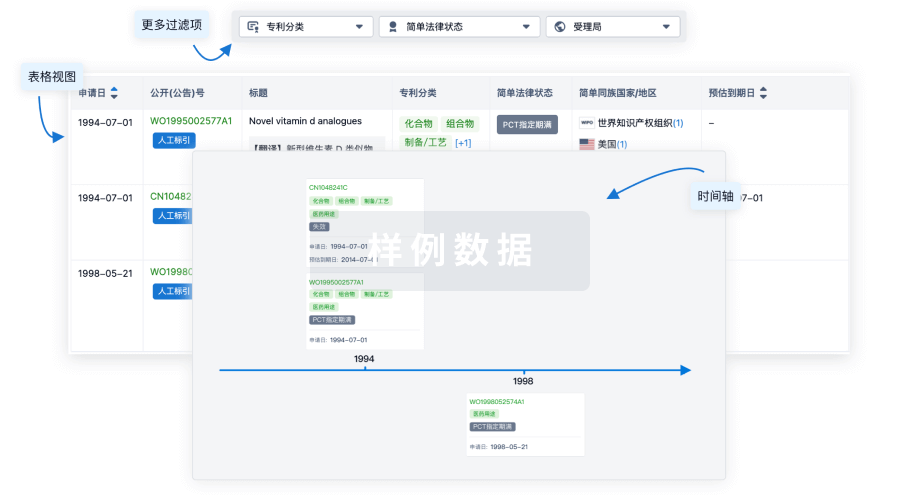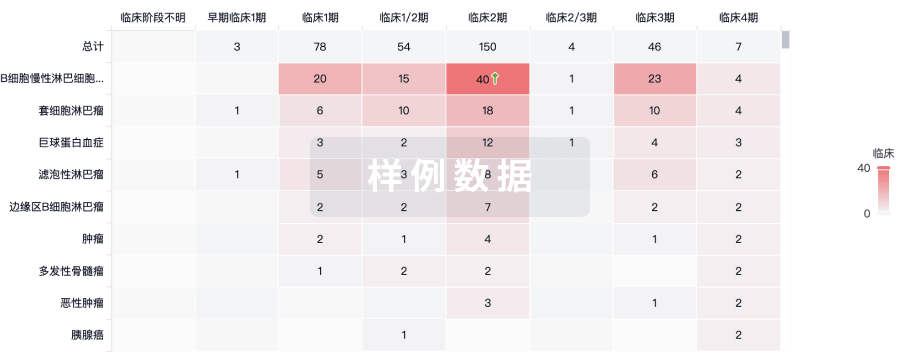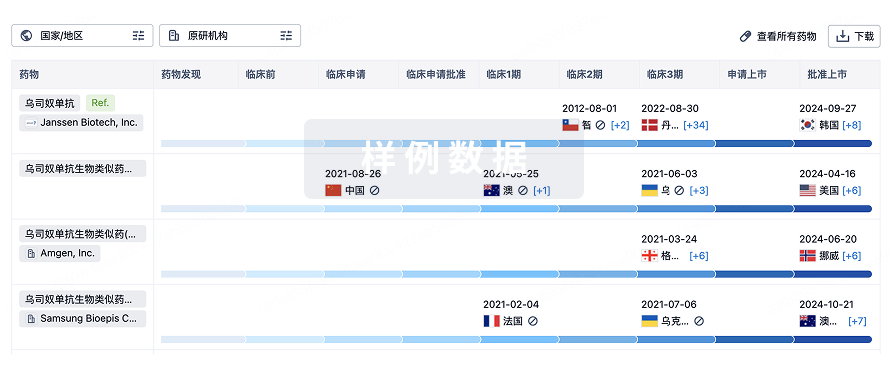作者: Billesbølle, Christian B ; Dobzinski, Niv ; Liu, Yuwei ; Faust, Bryan ; Gupta, Meghna ; Saunders, Reuben A ; Chio, Cynthia M ; Kratochvil, Huong T ; Swaney, Danielle L ; Trenker, Raphael ; Smith, Amber M ; Merz, Gregory E ; Azumaya, Caleigh M ; Krogan, Nevan J ; Moss, Frank ; Leon, Kristoffer ; Zimanyi, Marcell ; Sangwan, Smriti ; Brilot, Axel F ; Barile-Hill, Andrew W ; Pospiech, Thomas ; Ott, Melanie ; Belyy, Vladislav ; Hoppe, Nick ; Jin, Mingliang ; Bulkley, David ; Ralston, Corie Y ; Barsi-Rhyne, Benjamin ; White, Kris M ; Nock, Silke ; Vignuzzi, Marco ; Manglik, Aashish ; Puchades, Cristina ; Anand, Aditya A ; Pourmal, Sergei ; Schaefer, Kaitlin ; Sun, Ming ; Walter, Peter ; Liang, Jiahao ; García-Sastre, Adolfo ; Chio, Un Seng ; Rizo, Alexandrea N ; Boone, Morgane ; Rezelj, Veronica ; Liu, Yanxin ; Dickinson, Sasha ; Deshpande, Ishan ; Gupta, Sayan ; Thompson, Michael C ; Simoneau, Camille R ; Schoof, Michael ; Nguyen, Henry C ; Li, Fei ; Diwanji, Devan ; Zha, Beth Shoshana ; Zhang, Kaihua
ABSTRACT:Without an effective prophylactic solution, infections from SARS-CoV-2 continue to rise worldwide with devastating health and economic costs. SARS-CoV-2 gains entry into host cells via an interaction between its Spike protein and the host cell receptor angiotensin converting enzyme 2 (ACE2). Disruption of this interaction confers potent neutralization of viral entry, providing an avenue for vaccine design and for therapeutic antibodies. Here, we develop single-domain antibodies (nanobodies) that potently disrupt the interaction between the SARS-CoV-2 Spike and ACE2. By screening a yeast surface-displayed library of synthetic nanobody sequences, we identified a panel of nanobodies that bind to multiple epitopes on Spike and block ACE2 interaction via two distinct mechanisms. Cryogenic electron microscopy (cryo-EM) revealed that one exceptionally stable nanobody, Nb6, binds Spike in a fully inactive conformation with its receptor binding domains (RBDs) locked into their inaccessible down-state, incapable of binding ACE2. Affinity maturation and structure-guided design of multivalency yielded a trivalent nanobody, mNb6-tri, with femtomolar affinity for SARS-CoV-2 Spike and picomolar neutralization of SARS-CoV-2 infection. mNb6-tri retains stability and function after aerosolization, lyophilization, and heat treatment. These properties may enable aerosol-mediated delivery of this potent neutralizer directly to the airway epithelia, promising to yield a widely deployable, patient-friendly prophylactic and/or early infection therapeutic agent to stem the worst pandemic in a century.
